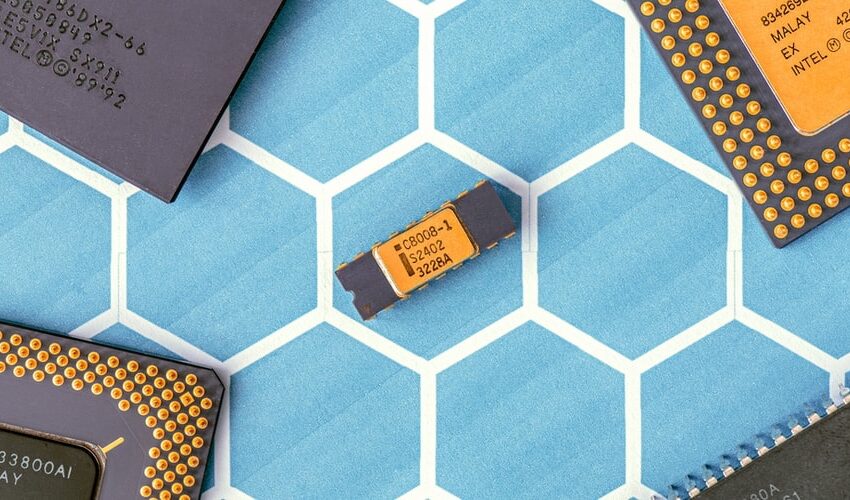Pak-China can jointly fill technological gap in semiconductor industry

Talent is crucial in the semiconductor industry. Experts believe that Pakistan and China can work together to fill the technological gap in the semiconductor industry.
As the world is moving towards achieving excellence in leading edge technologies, Pakistan is still lagging way behind in terms of any R&D centre that could tap in the potential available in chip design technologies and could train a work force for both academia and industry.
Local universities in Pakistan are also not extensively teaching the skills which are flourishing quite rapidly all over the world such as the micro and nano-electronics IC design because of the lack of highly trained faculty and academic resources in these domains.
On the other hand, China’s education also needs to nurture talents and innovation in basic science to fill the technological gap in semiconductor fabrication technology.
Currently there is a shortfall in manpower of around 200,000 in the Chinese industry. Skilled researchers specializing in advanced chip development and experienced managers are lacking.
As semiconductor technologies are constantly evolving, academic institutions of both the countries can adequately prepare graduate students to meet the semiconductor industry’s rapidly changing demands.
Pak-China partnerships between educational institutions and the semiconductor industry could thus be highly valuable since they could help prepare new generations of electronics engineers for the professional challenges they are likely to face in the future.
In recent years, several semiconductor manufacturers started investing in electronics engineering training programs to ‘grow’ the type of engineers that they would be happy to take on board in the future.
In addition, some companies have been collaborating with students and academic faculty on research endeavors and lending them semiconductors that they can use for their projects.
Recently the government of Punjab took an initiative with the intention of promoting R&D center to train faculty in the universities of Punjab. A project has been given the ‘go ahead’ by the Higher Education Department Punjab for the provision of software and hardware facilities for microelectronic design and development in eight universities of the province.
UET Lahore leads the development of micro and Nano-electronics chip design technologies at various universities of Punjab. The provincial government approved Rs. 41.75 million for establishing chip design centers at eight universities.
Punjab Minister for Higher Education Raja Yasir Humayun Sarfraz took an initiative of skills development in micro and nano-electronics design technologies in the universities of Punjab.
One of the prominent objectives of the project was to introduce essential courses at the undergrad and graduate levels at these universities. Through these courses, students will be trained in the use of commercial grade IC design and verification tools.
The graduates will be industry ready or will need minimal training before they become a productive part of the IC design industry locally as well as internationally.
Chip design technology is one of the most important and significant technologies globally in the electronics industry today. The Semiconductor Industry Association (SIA) announced that the global semiconductor industry sales were $439.0 billion in 2020, with an increase of 6.5% compared with the 2019’s total of $412.3 billion.
On a regional basis, sales in the American market stood out, increasing annually by 19.8% in 2020. China remained the largest individual market for semiconductors, with sales there totaling $151.7 billion in 2020, with an increase of 5.0%.


